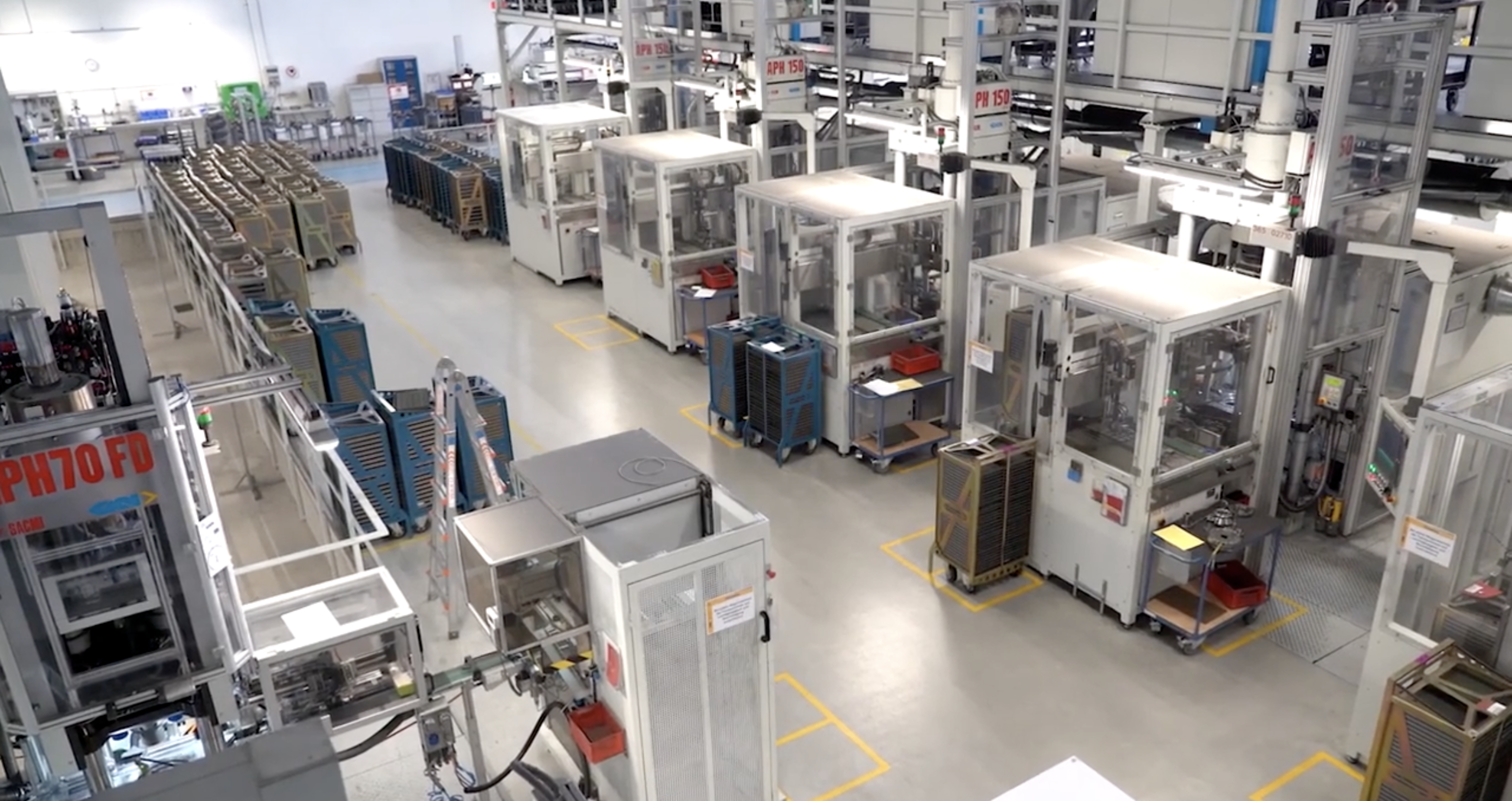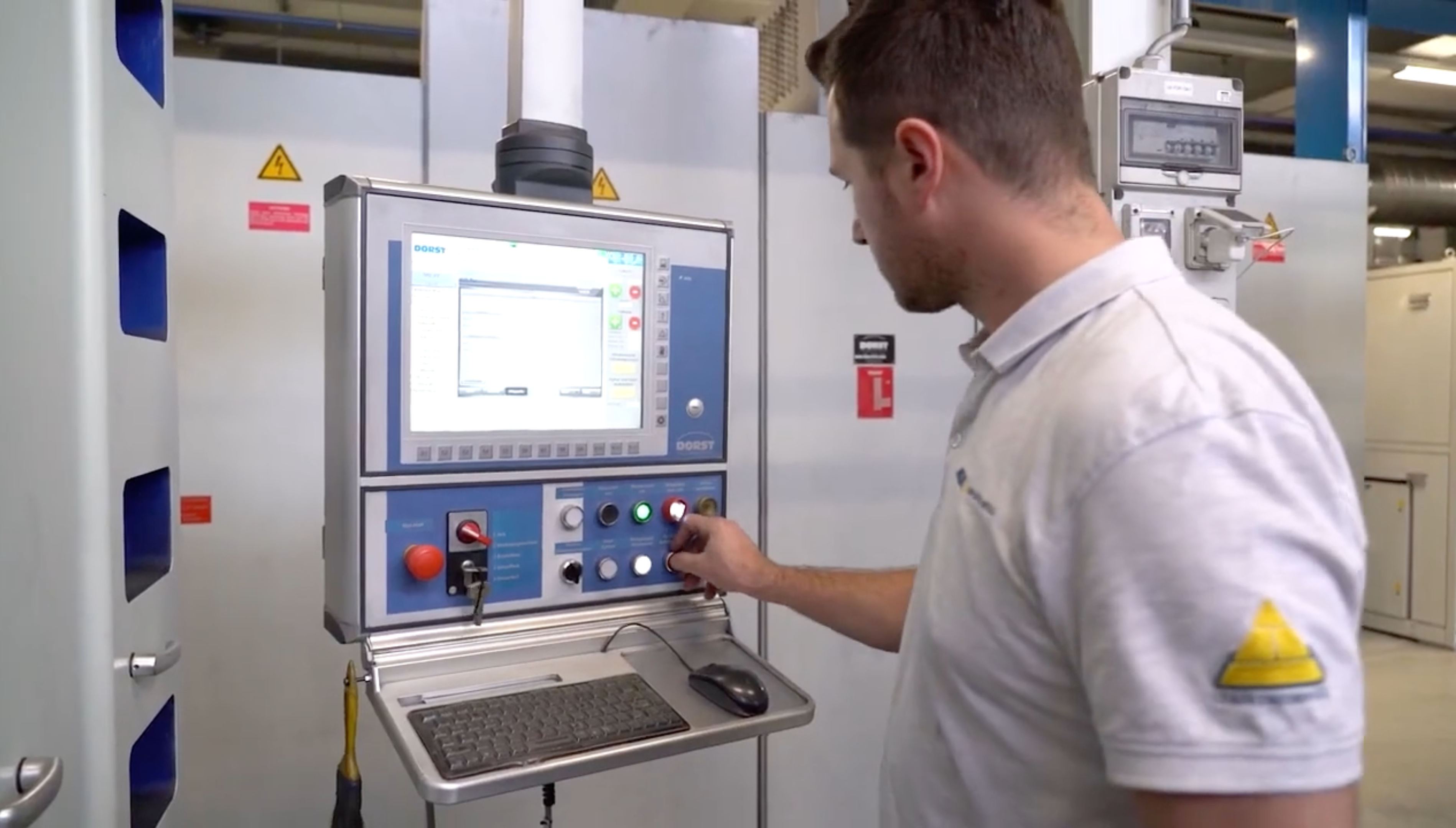If you’re struggling with inefficiencies, communication breakdowns, or unclear responsibilities in your business processes, you should read this — process mapping can help you eliminate these issues and streamline your operations.
TL;DR Summary
Process mapping is the essential first step toward operational clarity, efficiency, and transformation. By visualizing workflows, organizations can uncover hidden inefficiencies, improve collaboration, and lay the groundwork for automation and digital transformation. Whether you’re in manufacturing or services, mapping your processes isn’t optional—it’s a strategic necessity.
What is Process Mapping?
Process mapping is the visual representation of a workflow, showing every step in a process from beginning to end. It uses standardized symbols to depict the sequence of actions, decisions, inputs, and outputs required to complete a task or achieve a goal.
Think of it as a blueprint for how work gets done in your organization. Whether you’re in manufacturing, logistics, healthcare, or IT, process maps helps teams understand their roles, identify bottlenecks, and uncover areas for improvement.
Example: A process map for handling a customer service request might include steps like “Receive inquiry,” “Log ticket,” “Assign agent,” “Resolve issue,” and “Follow up.”
Why Process Mapping Matters
In today’s fast-paced, data-driven environments, businesses need visibility into how work flows across departments. Process mapping enables:
- Clarity and transparency – Everyone can see how a process works.
- Operational efficiency – Identifies waste, redundancy, and rework.
- Improved training – New employees ramp up faster with visual guides.
- Better compliance – Helps standardize procedures for audits and regulations.
- Foundation for automation – Essential step before implementing digital tools like RPA or workflow software.
In short, these maps act like X-rays of your business operations. Without them, you’re guessing. With them, you’re diagnosing and optimizing.
When Should You Use Process Maps?
Process mapping is valuable in a wide range of scenarios, including:
- Process improvement initiatives (e.g., Lean Six Sigma)
- Implementing new software or tools
- Onboarding new employees
- Auditing or compliance reviews
- Business continuity and disaster planning
- Cross-department collaboration projects
Whether you’re dealing with inefficient handoffs or unclear decision points, a process map brings alignment and drives data-driven change.
Types of Process Maps (And When to Use Each)
There’s no one-size-fits-all approach. You should try to choose the type that matches your goal:
1. Basic Flowchart
- Purpose: Visualize simple, sequential processes.
- Best for: High-level overviews.
- Symbols: Start/End (ovals), Processes (rectangles), Decisions (diamonds), Arrows.
2. Swimlane Diagram
- Purpose: Shows how responsibilities shift across departments or roles.
- Best for: Cross-functional processes.
- Visual tip: Rows or columns represent different actors (e.g., HR, Finance, IT).
3. Value Stream Map (VSM)
- Purpose: Maps material and information flow to highlight waste.
- Best for: Lean and manufacturing environments.
- Includes: Lead time, cycle time, wait time, inventory.
4. SIPOC Diagram
- Purpose: High-level view showing Suppliers, Inputs, Process, Outputs, Customers.
- Best for: Scoping a process improvement project.
5. Business Process Model and Notation (BPMN)
- Purpose: Standardized notation for complex enterprise workflows.
- Best for: Software implementation, automation readiness.
How to Get Started with Mapping Workflows
You don’t need fancy tools or a Six Sigma belt to begin. Here’s a simple step-by-step:
Step 1: Define the process boundaries
- Where does it start and end?
- What triggers the process?
Step 2: Assemble the right stakeholders
- Include people who do the work and those affected by it.
Step 3: List the steps
- Use sticky notes, whiteboards, or digital tools to capture each activity.
Step 4: Map the sequence
- Arrange steps in logical order.
- Use decision points where outcomes differ.
Step 5: Validate the map
- Review with the team. Are steps missing? Are handoffs clear?
Step 6: Analyze and improve
- Look for delays, redundancies, or non-value-adding steps.
- Consider the 8 wastes of Lean: defects, overproduction, waiting, non-utilized talent, transportation, inventory, motion, and extra processing.
Step 7: Document and share
- Finalize the process map in a clear, shareable format.
- Popular tools include Lucidchart, Miro, and Microsoft Visio.
FAQ: Common Questions About Process Mapping
Q: How detailed should a it be?
A: It depends on the purpose. Use high-level maps for overviews and detailed maps for deep analysis or training.
Q: Who should own the map?
A: Usually the process owner—someone responsible for performance and outcomes. But collaboration is key.
Q: Can process maps help with digital transformation?
A: Absolutely. It reveals which steps can be automated and ensures tech aligns with real workflows.
Q: How often should we update process maps?
A: Whenever there’s a major change—new systems, reorganizations, or compliance requirements.
When Process Mapping Meets Technology
Process mapping isn’t just a paper exercise. It’s a precursor to process automation, system integration, and operational intelligence. Companies that integrate real-time data with their maps can track performance live and respond proactively.
For example, combining process mapping with IoT data on a factory floor can help identify machine delays or throughput issues before they become bottlenecks. Tools like Workerbase provide this kind of real-time visibility into workflows.
Process Automation With Workerbase
Workerbase helps manufacturers and industrial teams not just visualize workflows, but also execute them efficiently in real time. Our platform takes your mapped processes and transforms them into mobile-first digital workflows that adapt to actual production conditions.
So, if you’ve mapped your process and want to:
- Turn paper-based workflows into guided digital instructions
- Connect and coordinate machines, sensors, data and people into a unified process
- Monitor progress live and resolve issues proactively
Then Workerbase is the logical next step. We bring your process maps to life—closing the loop between documentation and execution.




